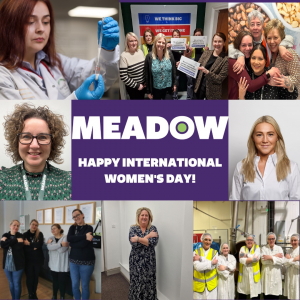How to capture journalist’s interest and secure national coverage
Having worked in the PR and journalism world for over a decade, unsurprisingly the media landscape and ways of working have evolved. When I started as a fresh faced journalism graduate in 2013, there was no such thing as TikTok, and many more of us picked up a physical newspaper than in today’s world. In fact, from 2010-2020 sales of The Sun newspaper dropped by 58%, the FT by 60% and the Guardian by 56%, with many opting to view their news online or through social media platforms.
Over the last decade, there have been fewer journalists in the newsroom (though the ‘newsroom’ is now often, but not always, the journalist’s home office!) and therefore with time being tight and the digital news agenda being competitive, capturing the attention of said journalists has become a tougher job for us PRs. So, how can we, as PRs capture the attention of journalists and generate killer coverage for clients?
Know how to spot a good story
Of course, key to bagging coverage that will ‘wow’ the client and boost those readership stats is to have a great story to pitch in the first place. Journalists don’t want to be bombarded with sales messages and fads, they want factual, enticing stories that they know their audience will engage with.
At Source, we recently worked on a story which we knew would be a great one for the media. Our client Miller Homes was unveiling a specially commissioned statue at one of their developments in memory of a war horse named Blackie, to commemorate the horse along with all the other service animals that served during WWI.
The story was gold for regional and national press, with Blackie the horse striking a chord with journalists and the public alike. The team managed to secure ITV Granada to attend on the day, with a slot on both breakfast and teatime news, as well as two rounds of BBC coverage and local coverage to boot. So far the story has generated an audience of over three million people.
Pitch a story that serves the community
Despite some perceptions, news outlets don’t just want to report on the doom and gloom in the world (although one journalist once told me ‘if it’s not about a stabbing or Love Island, we probably won’t cover it’ – I think this was hyperbole) …journalists love a local human interest story of positivity.
We are lucky that many of our clients have brilliant sustainability and CSR credentials and therefore we are able to get a lot from these stories in terms of press interest and coverage, which brings me nicely onto my next point…
Good video and imagery
Providing high quality images and ideally video will get you in the good books with the media. With attention spans at an all-time low, social media being such a huge part of where we get our news from, as well as images for print needing to be good quality, it’s important to invest (and it doesn’t need to cost a lot!) in good images and videos where possible. We have an in-house team that often shoot and edit videos on iPhone and these TikTok and Reels get great engagement. Equally, we have external photographers that we encourage our clients to use for bigger events to make sure we have those great shots to be able to share with the media.
Building relationships with journalists
As the saying goes, it’s not what you know it’s who you know. Though face-to-face meetings with journalists are rare these days, relationship building is still important. Getting to know what a journalist usually writes about, what locations they cover and providing high quality content and being easy to work with will quickly get you noticed and will often mean journalists start coming to you for quotes and content!
In fact, I reached out to business editor of North West Business Insider Robyn Hewson about this blog and she kindly provided some feedback on what she looks out for in pitches: “As a regional business magazine, the stories that interest us at Insider are ones that set out straight away the location of the business so we know it’s relevant for our patch. We focus on hard business news so anything with the words ‘acquisition’, ‘turnover’, ‘growth’ etc is going to catch our attention! We’re always on the lookout for new faces to include in the magazine or newsletters too so personally it piques my interest if an email talks about introducing me to a new business/ asks if someone is on our radar.”
Overall, it’s not easy to secure coverage in today’s competitive world, but with the right story and team it’s possible! If you think the Source team could help you elevate your PR presence, get in touch!









